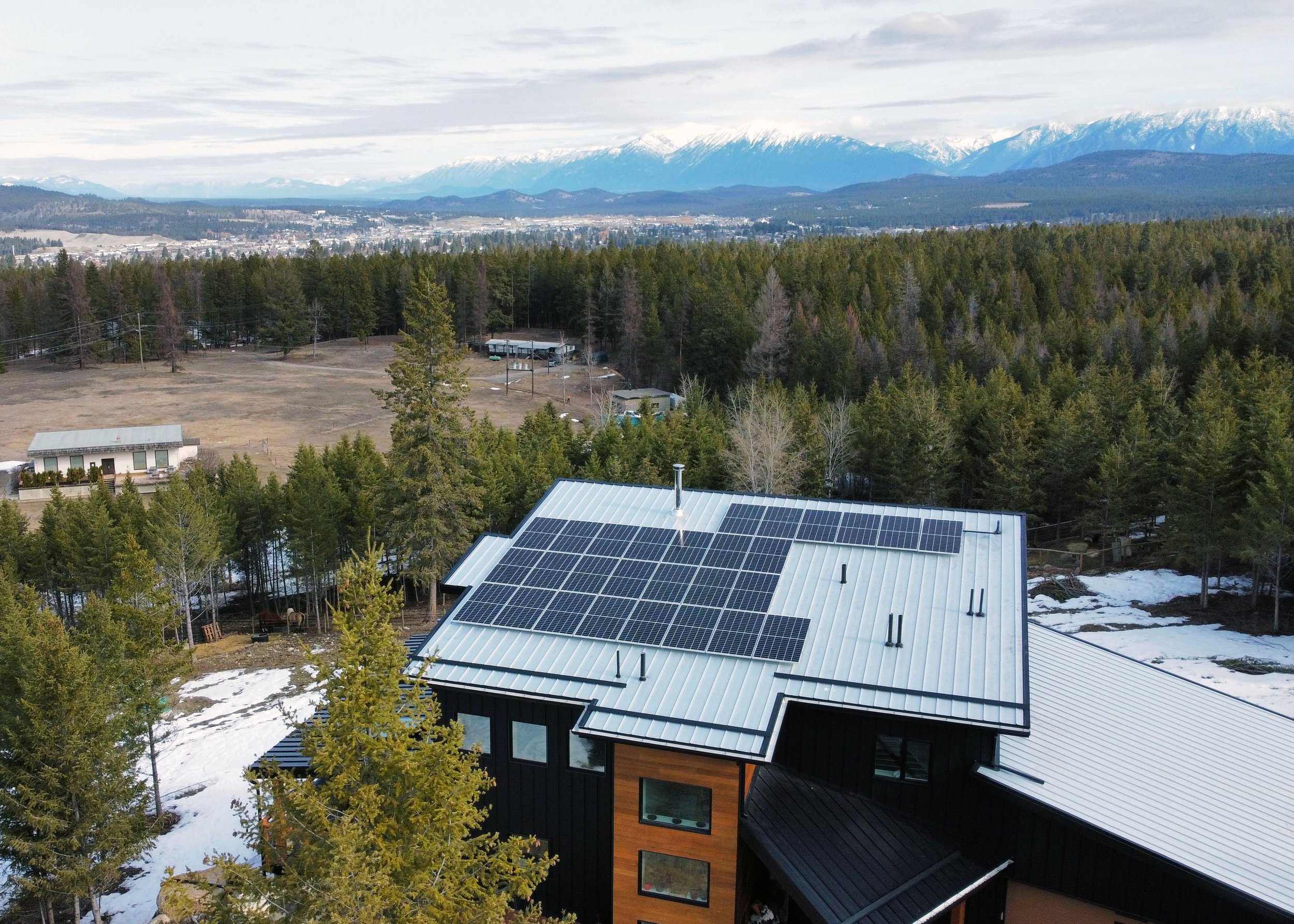HOW SOLAR WORKS
A residential solar photovoltaic (PV) system converts sunlight into electricity for home use.
Here’s how it works:
SOLAR PANELS
The system starts with solar panels, typically installed on the roof, composed of many PV cells that capture sunlight and convert it into direct current (DC) electricity.
INVERTER
The DC electricity produced by the panels is sent to an inverter, which converts it into alternating current (AC) electricity, the standard form of energy used for your home.
ELECTRICAL PANEL
The AC electricity is then fed into the home's electrical panel, where it can power appliances, lighting, and other electrical needs and any excess electricity can be fed back into the grid.
NET METERING
If the solar system produces more electricity than the home consumes, the excess energy will be sold back to the grid through net metering. This allows homeowners to offset future energy costs.
Most energy providers have Solar Club Programs available with special rates for microgenerators. Ideally, you would set your club rate to the higher amount during months when your system produces excess energy and switch to the lower rate when your energy production is lower. To become a microgenerator, you must have a renewable energy system and register with your grid provider. At Solun, we apply for micro-generating on your behalf to have these benefits available to you as soon as possible.
Solar Monitoring System
Solar systems come with monitoring systems that allow homeowners to track energy production and usage in real-time. Most monitoring platform can be used from a computer or mobile app.
By utilizing a residential solar PV system, homeowners can reduce their electricity bills, increase energy independence, and contribute to a more sustainable future.
What’s the difference between residential and commercial solar?
While commercial solar systems share similar components with residential systems, they are built to meet the demands of commercial buildings.
A commercial solar PV system consists of high-efficiency solar panels that capture sunlight, inverters that convert the generated direct current (DC) electricity into alternating current (AC) for operational use, and robust mounting systems tailored to commercial structures.
For commercial systems under 5MW, it is also possible to become a microgenerator and take advantage of net-metering to sell unused energy back to the grid.
Solar & Snow
The Myth: Solar doesn’t work in Canada because it is too cold.
Solar panels operate at a broad range of temperatures, even as low as -40ºC. Higher temperatures can slightly reduce efficiency. In colder climates like Canada, they are more efficient because a greater voltage increase (energy) is attainable in colder conditions.
The Myth: There is too much snow in Canada for solar panels to be effective.
Snow tends to slide off the panels after a sunny Winter day, which in Calgary, we experience often. Snow can also reflect sunlight, boosting energy production, especially for those with bi-facial panels. Most solar panels are designed to handle snow loads well above precipitation forecasts. They have also shown great fortitude against hailstorms in the Calgary area.

ARE YOU READY FOR SOLAR?
Free Consultations











